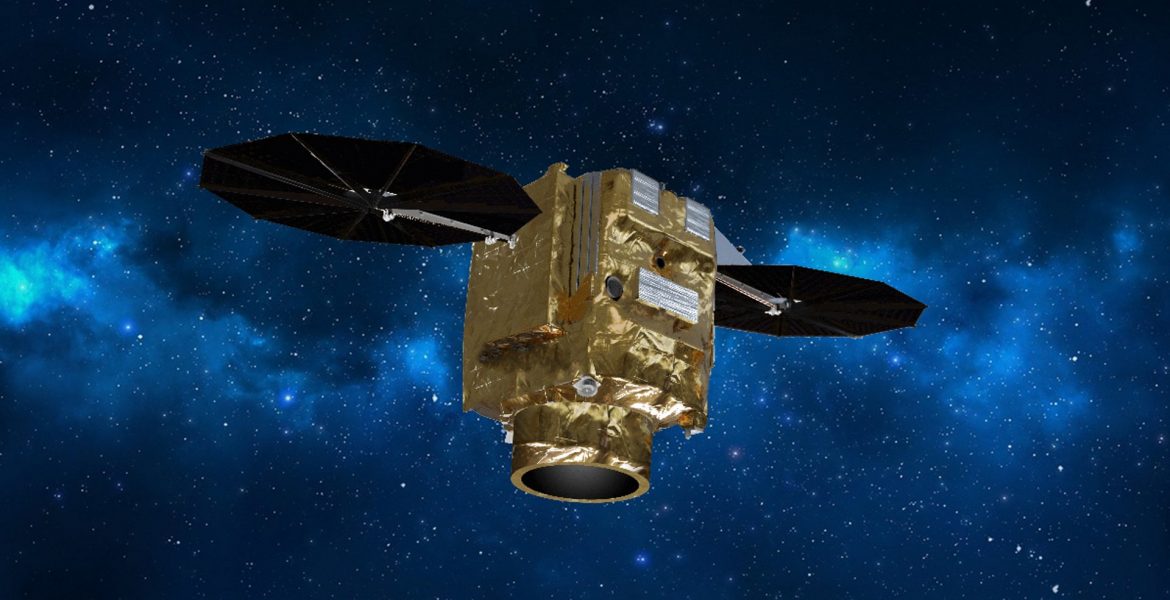On Monday 16 August a Vega launcher operated by Arianespace will lift off from Europe’s Spaceport in French Guiana, with the optical observation satellite Pléiades Neo 4. It will also deploy four scientific spacecraft: three to the benefit of the European Space Agency (ESA) and one for the French start-up company Unseenlabs.
Pléiades Neo 4 is fully funded and manufactured by its operator Airbus. It is the second very high-resolution satellite that forms part of the new Airbus Defence and Space’s Earth Observation constellation. These state-of-the-art satellites offer top-level Earth observation services now and going forward for the next ten years.
The Vega programme is the result of the cooperation of 10 European countries. It has been developed under the leadership of ESA, with Italy (ASI) as the first contributor and Avio Spa (Colleferro, Italy) as a prime contractor, responsible for all industrial operations up-to lift-off from Europe’s Spaceport. Since its maiden flight in 2012, Vega is part of the family of launchers exploited by Arianespace.
Arianespace uses space to make life better on Earth by providing launch services for all types of satellites into all orbits. It has orbited over 900 satellites since 1980, using its family of three launchers, Ariane, Soyuz and Vega, from launch sites in French Guiana (South America) and from the Russian cosmodromes in Baikonur and Vostochny. Arianespace is a subsidiary of ArianeGroup, which holds 74% of its share capital, with the balance held by 15 other shareholders from the European launcher industry.
Later this week on 20 August the next Arianespace mission is planned from Baikonur Cosmodrome with a Soyuz launcher. This 59th Soyuz mission will be the first commercial launch from the Baikonur Cosmodrome in 2021 and will deliver 34 satellites into orbit. This will raise to 288 the number of satellites deployed by Arianespace for the global telecommunications operator OneWeb.
Once deployed, OneWeb’s constellation of satellites will deliver high-speed, low-latency connectivity services to a wide range of customer sectors including aviation, maritime, governments and emergency response services. Central to its purpose, OneWeb seeks to bring connectivity to every place where fibre cannot reach, thereby bridging the digital divide. It will enable user terminals that are capable of offering 3G, LTE, 5G and Wi-Fi coverage, providing high-speed access globally – by air, sea and land.
OneWeb Satellites, a joint venture between OneWeb and Airbus Defence and Space, is the constellation’s prime contractor. The satellites were built thanks to its leading-edge satellite manufacturing process that can build up to two satellites a day on a series production line dedicated to the assembly, integration, and testing of the satellites.




